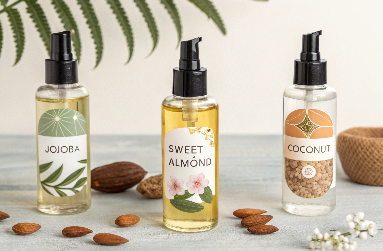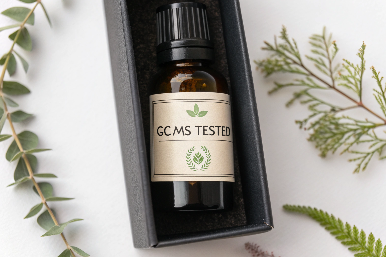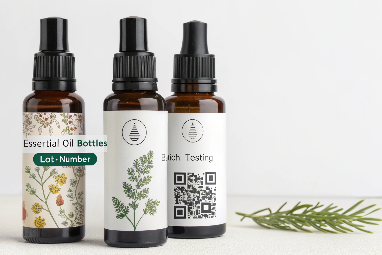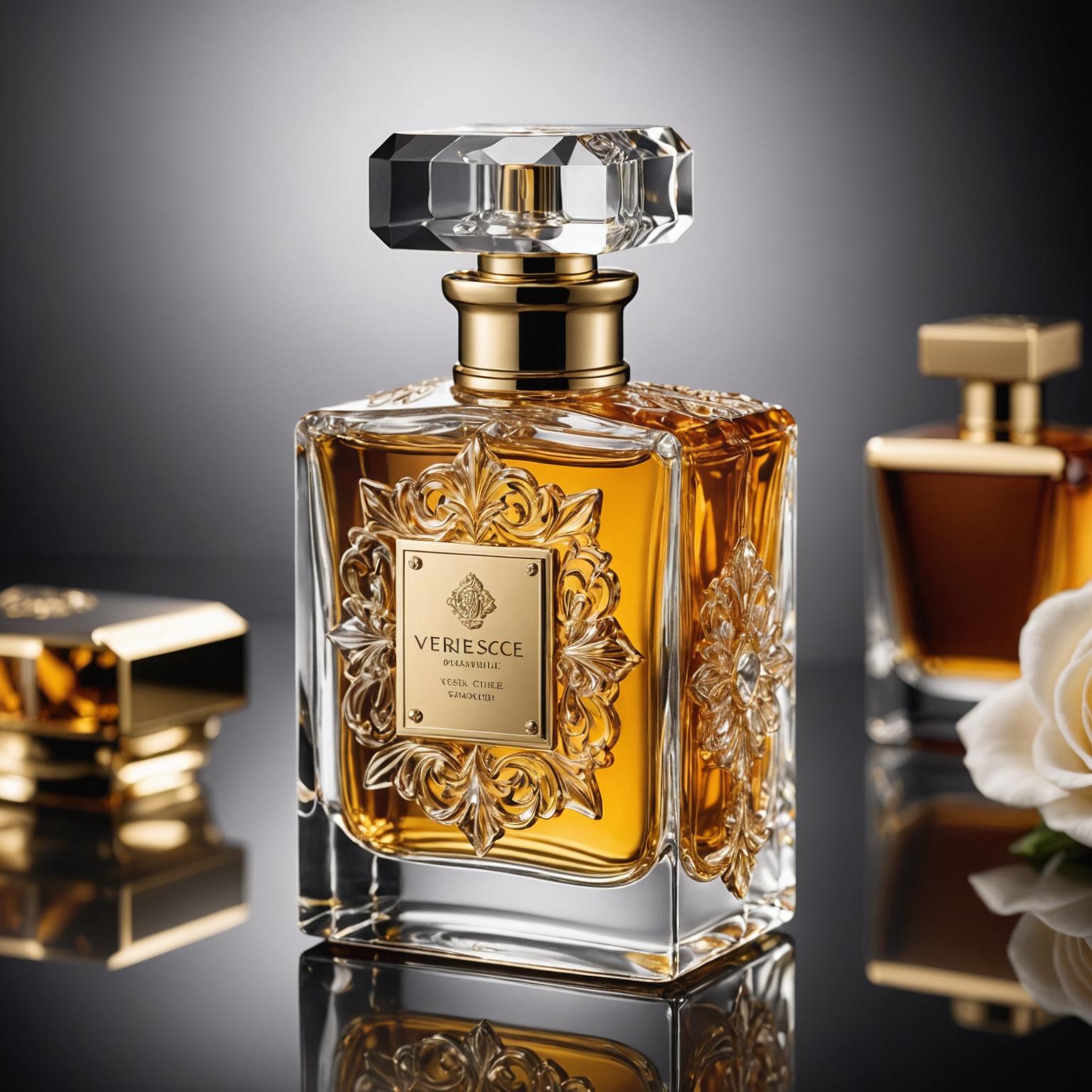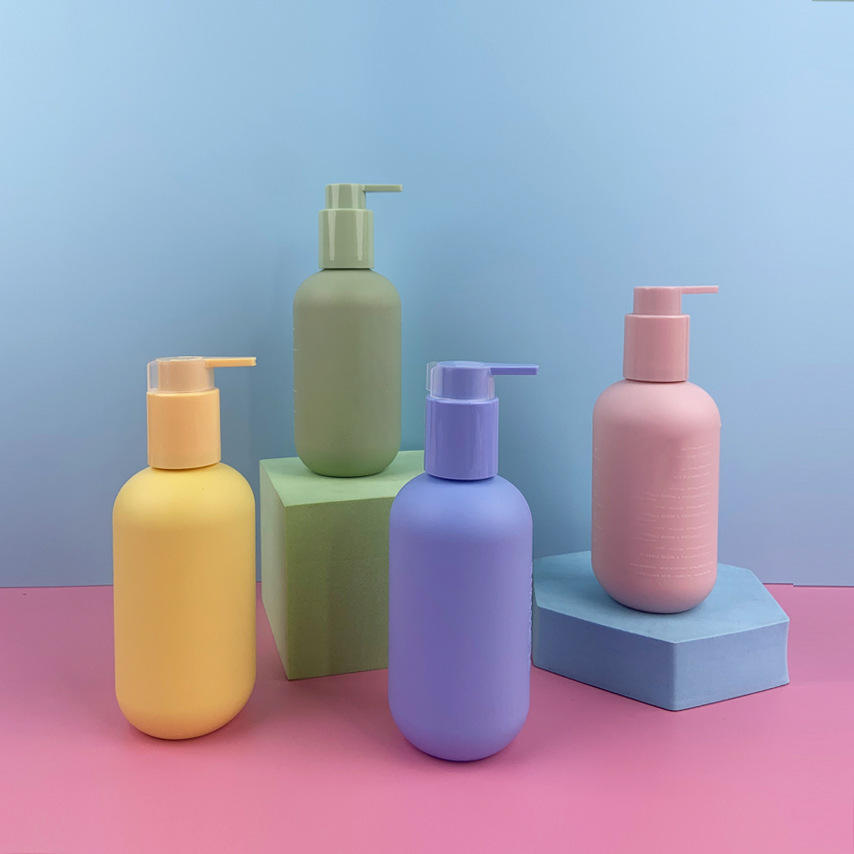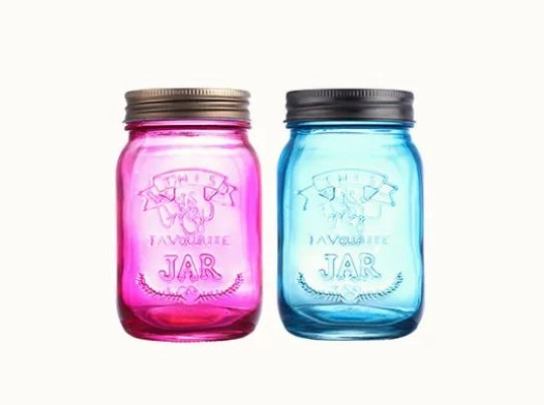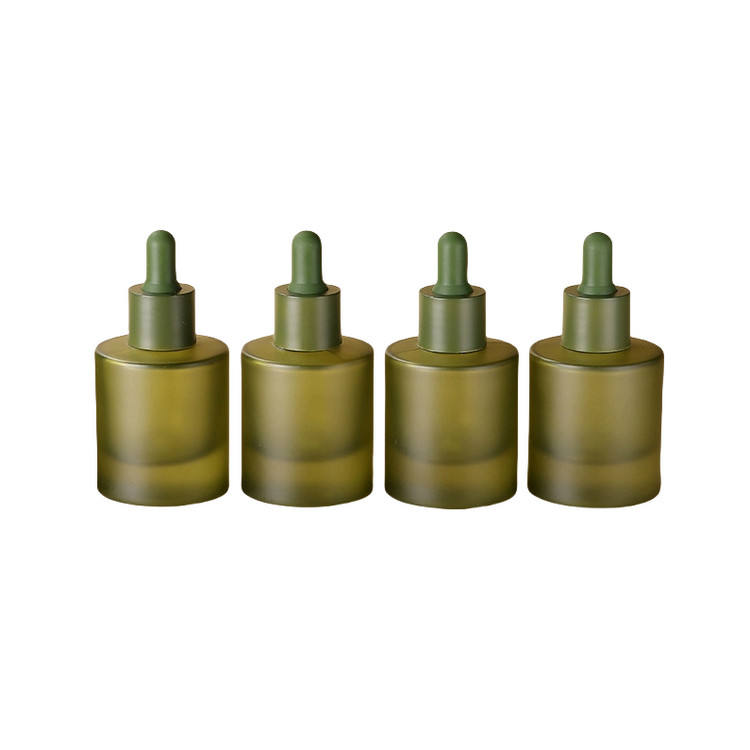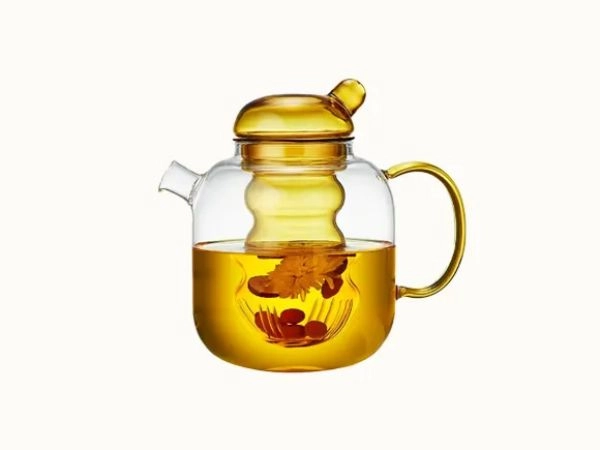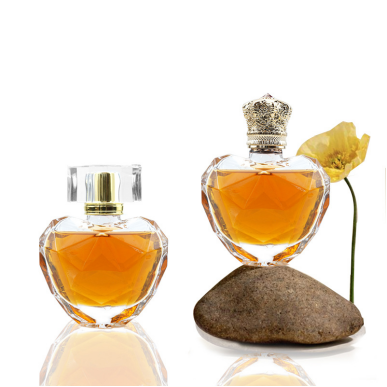Ever bought an “essential oil” only to find it smells artificial or fades fast? That’s likely because it wasn’t pure.
To know if an essential oil is 100% pure, check for GC/MS testing, Latin botanical names, single-ingredient listings, and packaging in dark glass bottles.
If you’re sourcing essential oils for your brand, private label line, or personal use, verifying purity isn’t optional—it’s essential. Let’s go deeper into how to confirm the authenticity of essential oils.
How do you know if essential oils are 100% pure?
Purity claims are everywhere—but not all essential oils are created equal. In fact, many are diluted with carrier oils or contain synthetic fragrance.
You can confirm an oil’s purity by reviewing its GC/MS test report, ensuring the label lists only one botanical ingredient, and verifying it’s sold by a transparent, reputable company.
What to Look For
-
GC/MS Testing
-
Gas Chromatography/Mass Spectrometry is the gold standard for testing oil composition.
-
Brands like Plant Therapy, Rocky Mountain Oils, and Eden’s Garden publish these test results online.
-
-
Latin Botanical Name
-
For example, “Lavandula angustifolia” instead of just “lavender oil.”
-
The botanical name ensures you’re getting the correct species.
-
-
Country of Origin
-
Premium oils are often sourced from specific regions—like Bulgarian rose or Australian tea tree.
-
-
No Fillers or Fragrance
-
Avoid oils that list “fragrance,” “parfum,” or “with carrier oil” unless dilution is clearly disclosed.
-
-
Packaging Integrity
-
Essential oils should be in amber or cobalt glass bottles to protect against UV light.
-
Dropper caps or sealed lids are best for avoiding contamination.
-
At PauPack, we help essential oil brands design packaging that protects purity—like leak-proof dropper bottles, roller caps, and tamper-evident seals that match the quality of the oil inside.
How do I make sure my essential oil is pure?
Whether you’re buying essential oils for retail or crafting your own blends, verifying purity is key to safety and results.
To ensure your essential oil is pure, research the supplier, request lab reports, and verify that the product is unadulterated, correctly labeled, and properly packaged.
Red Flags to Watch For
-
Overly low prices – Pure oils require labor-intensive extraction. Unrealistically cheap oils often signal dilution.
-
Opaque marketing language – Phrases like “therapeutic grade” are not regulated and may be misleading.
-
No testing or transparency – Reputable companies proudly display their GC/MS data.
At PauPack, we work with brands who want more than just functional packaging. They want packaging that communicates purity and quality to their customers—down to every last drop.
How to check if oil is pure?
You can do several tests at home—but they’re not foolproof. Still, they can help you detect obviously diluted or fake oils.
To check essential oil purity, perform the blot test on paper, compare scent with known pure oil, and refrigerate it to observe consistency changes.
3 Basic At-Home Checks
-
Blot Test
-
Put a drop on white printer paper.
-
Let it dry for 1 hour.
-
Pure essential oil should evaporate without leaving an oily ring.
-
Exceptions: heavier oils like patchouli or sandalwood may leave residue even when pure.
-
-
Refrigeration Test
-
Place your oil in the fridge.
-
Some carrier oils thicken, but pure essential oils typically do not solidify.
-
Note: This is not applicable to all oils.
-
-
Scent Profile
-
If the scent is overpoweringly sweet, smells like alcohol, or fades quickly—it’s likely synthetic.
-
That said, these methods aren’t replacements for GC/MS testing. That’s why at PauPack, we encourage brands to educate their customers on purity—and deliver their oils in packaging that reinforces the message.
How do you identify essential oils?
If you have an unlabeled bottle or a blend, it can be hard to tell what oil you're dealing with.
Identifying essential oils relies on trained scent recognition, viscosity, and sometimes chromatography—though in a commercial setting, labeling and documentation are key.
For brand owners and suppliers:
-
Always label oils with name, botanical species, lot number, and date
-
Store oils with consistent branding and protective packaging
-
Keep digital records of sourcing and test results for every batch
At PauPack, we offer custom label printing, QR code integration, and full branding options to help clients stay organized while building customer trust.
Conclusion
Verifying essential oil purity starts with lab testing, correct labeling, and trustworthy sourcing. Whether you're buying for personal wellness or creating a product line, know what you're putting in your bottle—and package it in a way that communicates your commitment to quality. PauPack is here to help you do exactly that.




